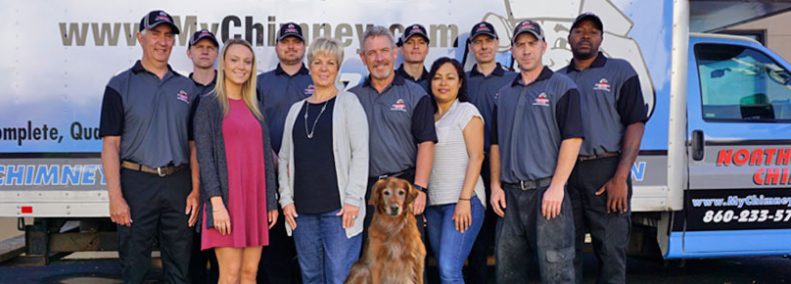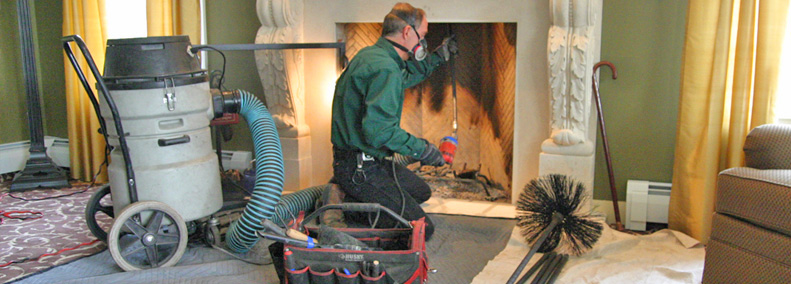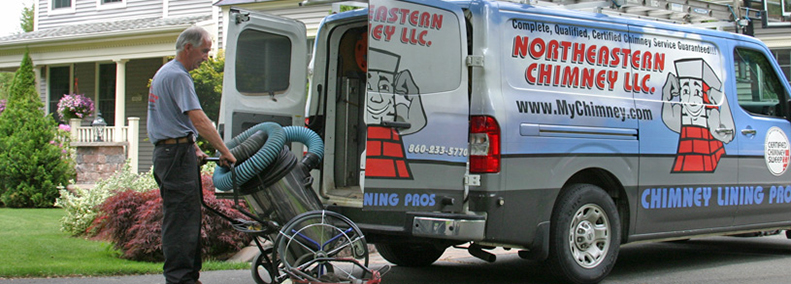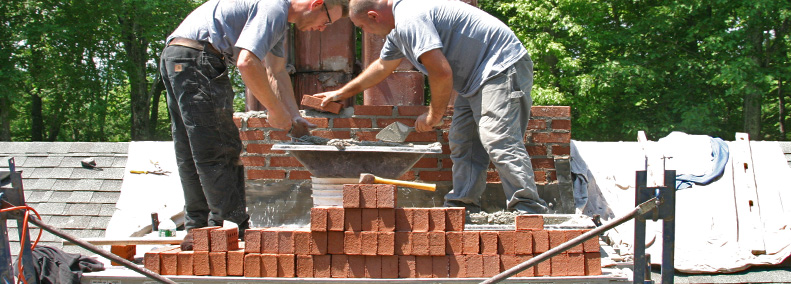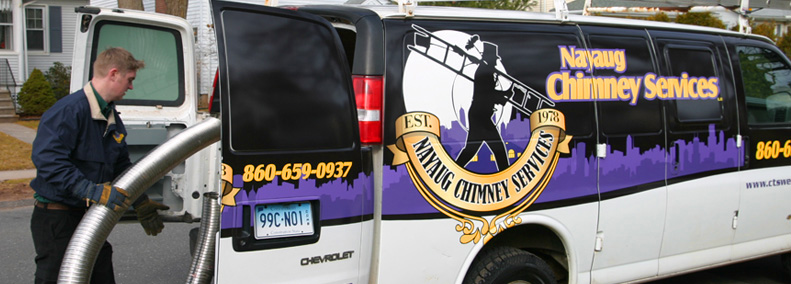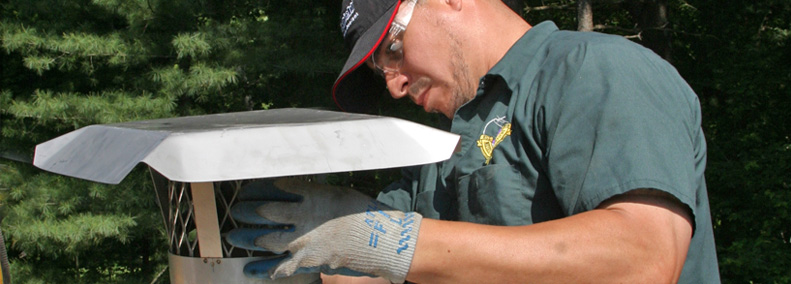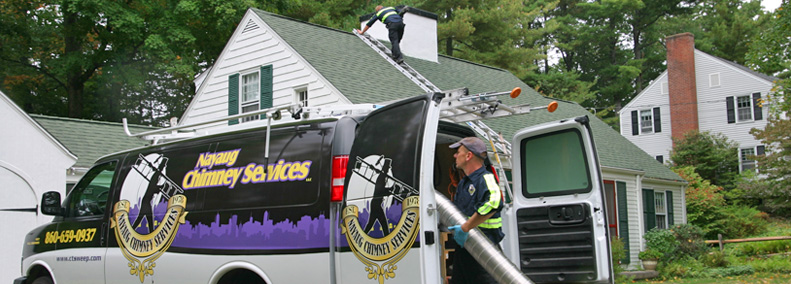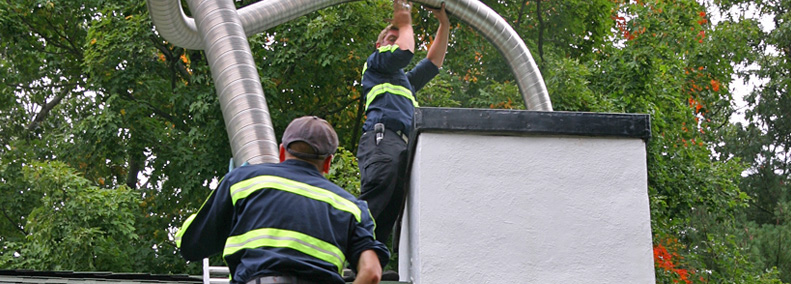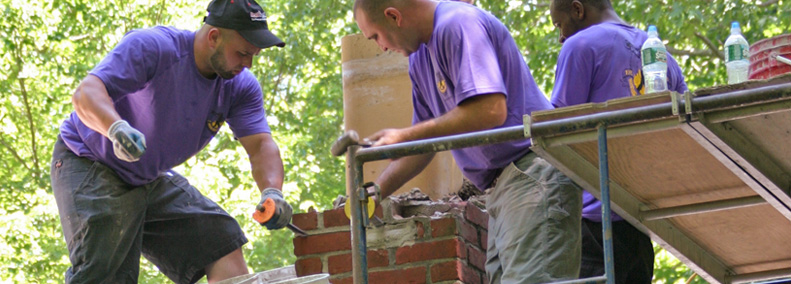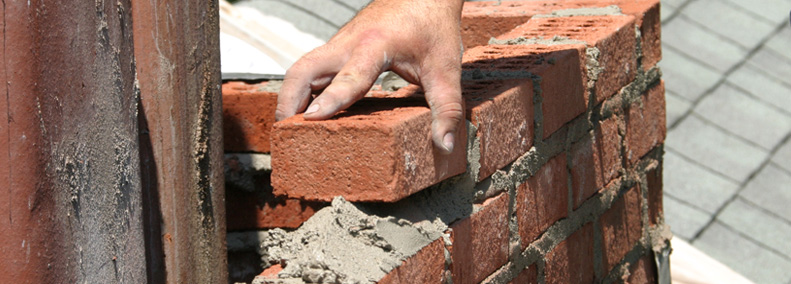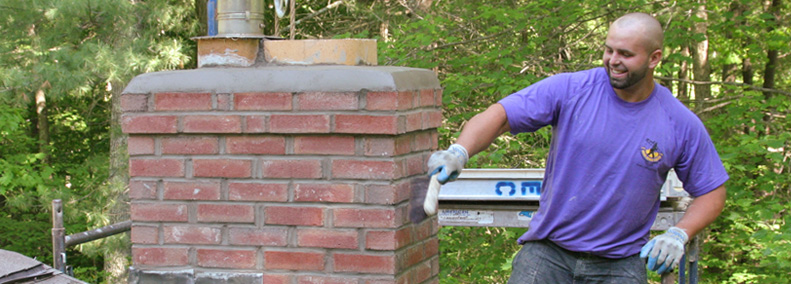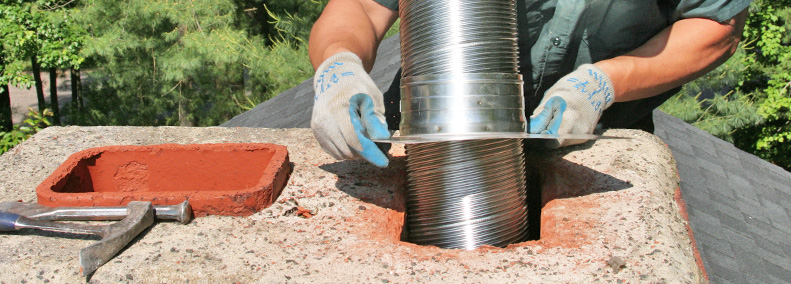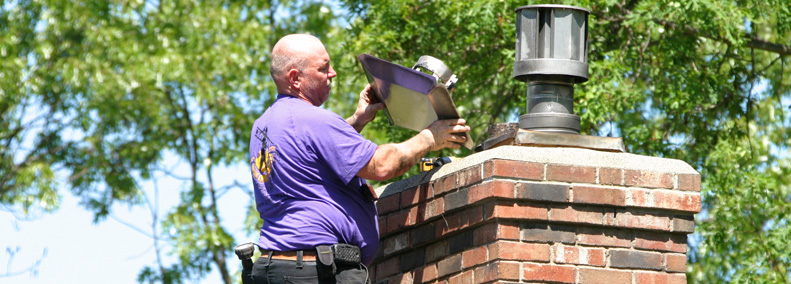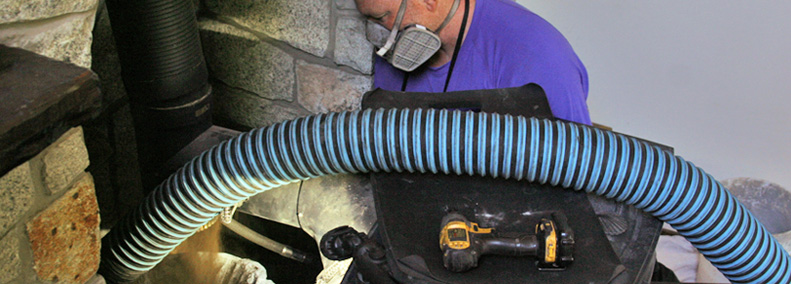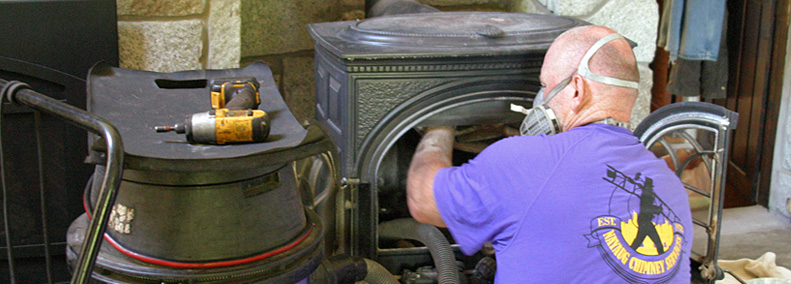Get Your Chimney Checked Before Its Too Late
It’s That Time of Year Again
 With the children back in school and the long summer days far behind us, we need to be sure that our chimney systems are prepared for the coldest months to ensure a safe and disaster free winter season of fireplace or stove use. Those nights by the fire, cocoa in hand are wonderful memory making moments. But be sure to keep those moments safe too. While it may seem to most that chimneys need little upkeep, seemingly minor problems can cause huge health and safety issues. The 3 most serious problems that can result from a neglected or uninspected chimney are Carbon Monoxide Poisoning, Chimney Fires, and the Chimney Structure Deterioration. Each of these can cause damage with few warning indicators for the untrained eye beforehand. For this reason, it is very important to hire a chimney professional to check the chimney for these and other problems before the fireplace is used for the first time this year. A chimney inspection should be on list of annual maintenance for all homeowners with fireplaces, wood stoves or furnaces.
With the children back in school and the long summer days far behind us, we need to be sure that our chimney systems are prepared for the coldest months to ensure a safe and disaster free winter season of fireplace or stove use. Those nights by the fire, cocoa in hand are wonderful memory making moments. But be sure to keep those moments safe too. While it may seem to most that chimneys need little upkeep, seemingly minor problems can cause huge health and safety issues. The 3 most serious problems that can result from a neglected or uninspected chimney are Carbon Monoxide Poisoning, Chimney Fires, and the Chimney Structure Deterioration. Each of these can cause damage with few warning indicators for the untrained eye beforehand. For this reason, it is very important to hire a chimney professional to check the chimney for these and other problems before the fireplace is used for the first time this year. A chimney inspection should be on list of annual maintenance for all homeowners with fireplaces, wood stoves or furnaces.
Carbon Monoxide Poisoning
 Carbon Monoxide poisonings are sometimes referred to as the “silent killer”. A house could be filled with dangerous levels of carbon monoxide and you may never know it – until it is too late. This is why it is important to know a little information about where it comes from, how to identify it, and how to prevent it.
Carbon Monoxide poisonings are sometimes referred to as the “silent killer”. A house could be filled with dangerous levels of carbon monoxide and you may never know it – until it is too late. This is why it is important to know a little information about where it comes from, how to identify it, and how to prevent it.
Carbon monoxide forms as a result of incomplete combustion caused by not having enough oxygen present to complete the oxidation to carbon dioxide. It can come from older cars and motor vehicles or from gasoline or wood burning fireplaces and household equipment.
What makes carbon monoxide hard to detect is the odorless, tasteless, colorless, and at first, non-irritating nature of the gas. Another reason it is hard to detect, is because the symptoms caused by carbon monoxide poisoning are often confused as other illnesses and is only rarely realized as the result of carbon monoxide poisoning. Symptoms of mild carbon monoxide exposure can come in the form of flu like symptoms or fatigue, nausea, headaches and confusion. While longer exposures may lead to the poisonous gas affecting the heart or brain and may potentially lead to death.

Many times homeowners are unaware of any problems with their chimney when looking up at it from the ground. A Chimney Sweep will perform a Chimney Inspection and may find things like the cracked mortar seen on this chimney.
The harmful nature of carbon monoxide is a result of our own bodies. When carbon monoxide is present in the atmosphere along with oxygen our body mistakenly chooses carbon monoxide over the necessary oxygen. This is why having the poisonous gas in the environment is harmful. Even with low levels of carbon monoxide it will cause flu like symptoms in a person while higher levels can result in more severe problems. Carbon monoxide posses even greater risks for children as long term effects like heart and brain damage are more common and can create a lasting effect.
Carbon monoxide is the leading cause of poisoning deaths in the United States and it is entirely preventable and avoidable. Combustion gases accumulate when the carbon monoxide is prevented from leaving the home. This accumulation can come from a rusted heat exchanger, blocked chimney, or a broken chimney connector pipe. Each of these problems can be spotted by a professional chimney sweep in the yearly routine inspection. But when the chimney is left unchecked, the problems will go unnoticed and the poisonous gas will be present. For an additional safety benefits, homeowners can also install carbon monoxide detectors. The annual chimney inspection will help to prevent this harmful gas from entering the home and building up in the first place.
Chimney Fires
 Chimney fires are another common but severe problem in homes. With each fire, creosote, which is essentially a byproduct of condensed smoke, builds up along the chimney and flue walls. After a while the buildup accumulates enough residue that it can catch on fire easily. While at first these fires may seem minor and go out on their own, they are anything but harmless.
Chimney fires are another common but severe problem in homes. With each fire, creosote, which is essentially a byproduct of condensed smoke, builds up along the chimney and flue walls. After a while the buildup accumulates enough residue that it can catch on fire easily. While at first these fires may seem minor and go out on their own, they are anything but harmless.
These fires that start inside of the chimney contain extraordinarily high temperatures. One small fire will often cause the damage that will enable the next one to severely harm or destroy the home. The hot fires may not only catch fire to nearby flammable materials, but may also cause structural damage to the chimney itself. One fire may cause a crack in the mortar, providing the next fire access to the wood shingles on the roof or wood framing in walls or the attic. The high temperatures allow the fires to move quickly and rapidly destroy whatever is in its path without giving the homeowner any time to react or even evacuate the home. Chimney fires are a very severe result of a chimney that has not been adequately taken care of. To prevent these fires from taking place, make sure to have a chimney professional inspect the chimney every year before it is used on a regular basis. A professional chimney sweep will be able to tell if a chimney cleaning is needed.
Chimney Structure Deterioration

When mortar falls out, openings in the brick can allow burning embers and sparks to escape and land on the roof causing a home fire.
Chimney deterioration as a general problem can be the cause of both destructive chimney fires and carbon monoxide poisoning. Any cracks in the mortar or any deterioration of the exterior walls of the chimney must be addressed as soon as they are noticed. These structural problems can quickly turn into health and safety issues for the homeowner.

Chimney liners that have started to crack and deteriorate can allow burning particles can then escape through into adjacent walls, attic spaces or roof areas.
Besides leading to other serious problems, structural problems can be costly to fix if left unnoticed for a long time. It is better to fix small structural issues along the way than to realize the problem after the chimney has reached a point where it needs to be replaced or major repairs are needed. A routine chimney inspection will look for cracks in the mortar and other structural problems that may need attention before the problem gets bigger. An inspection can put a homeowner at ease and ready to enjoy many cups of cocoa through the long winter beside a safe and cozy fire.

 Tap to Call Now
Tap to Call Now